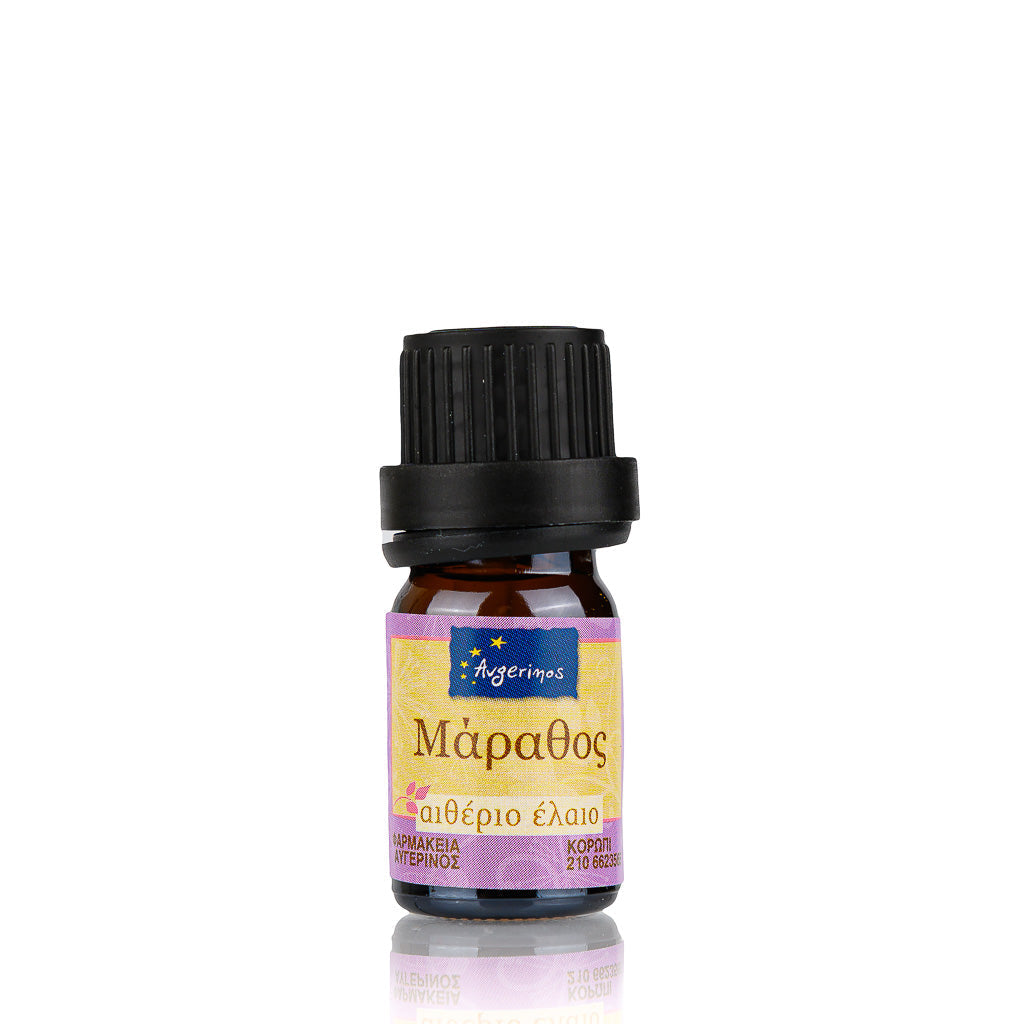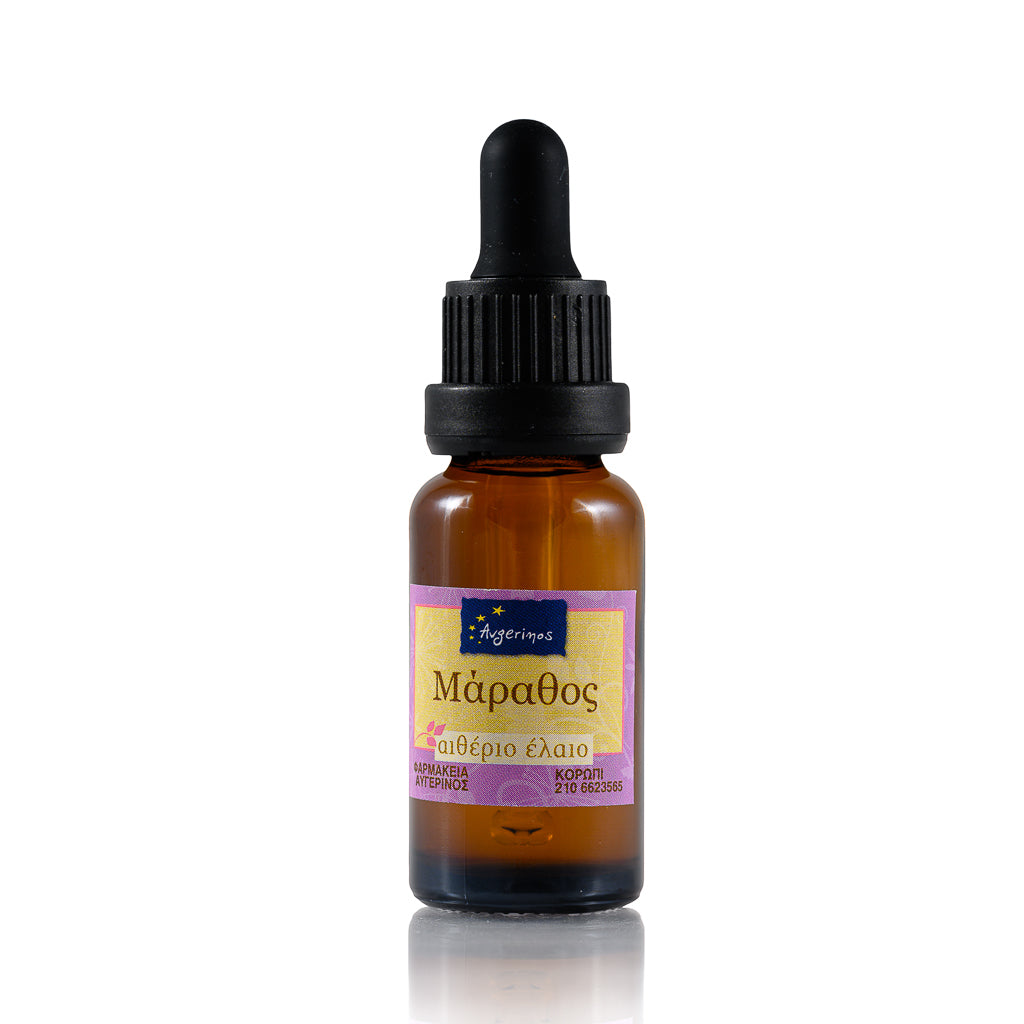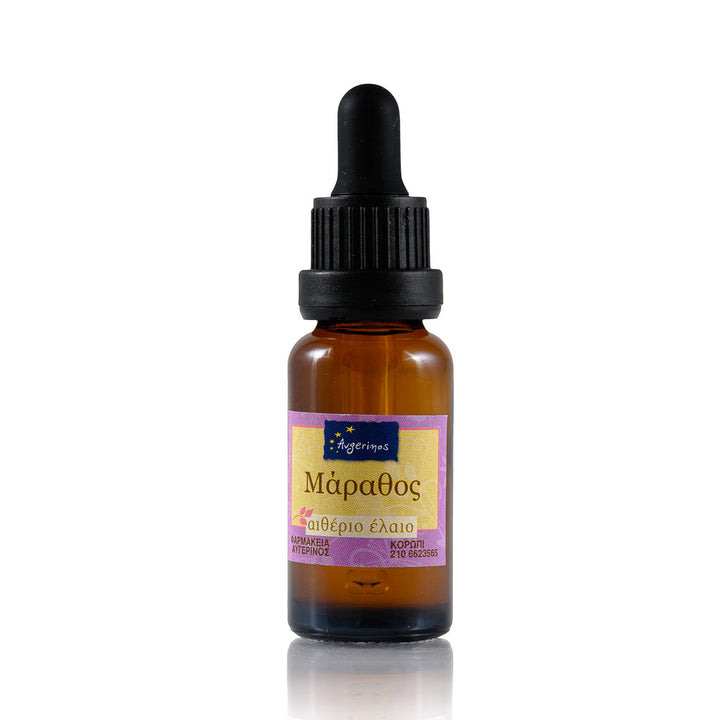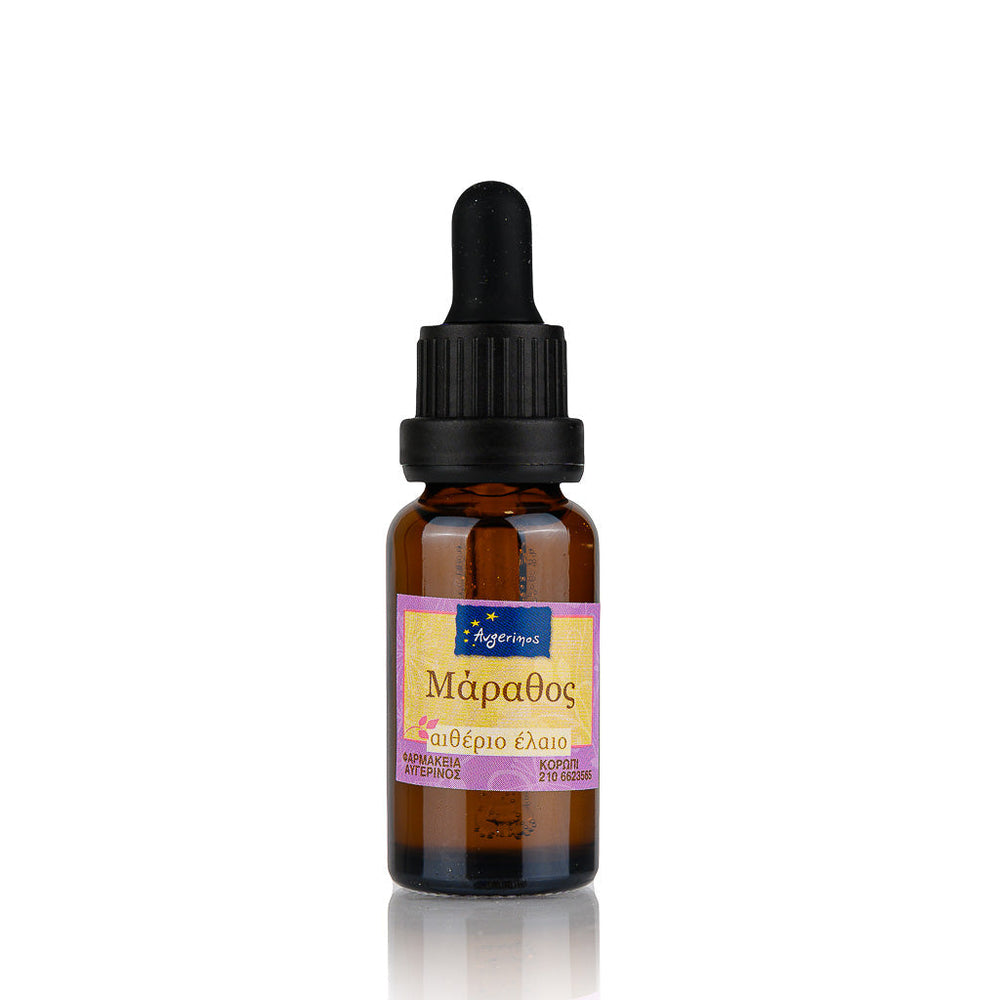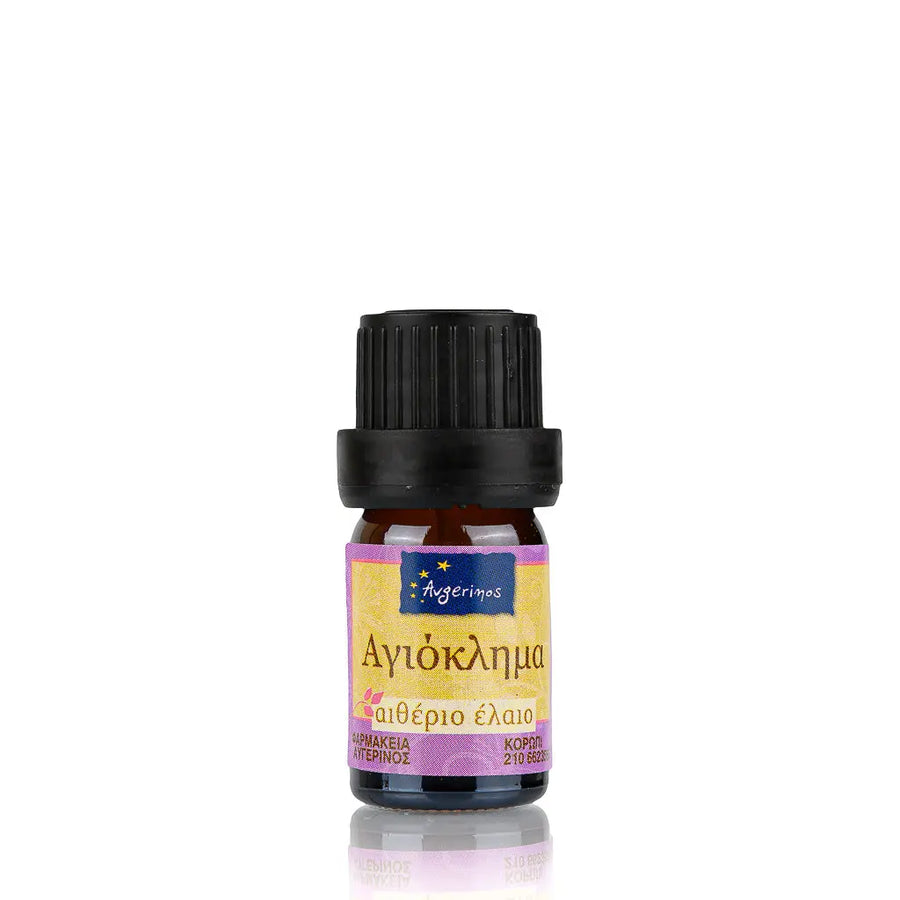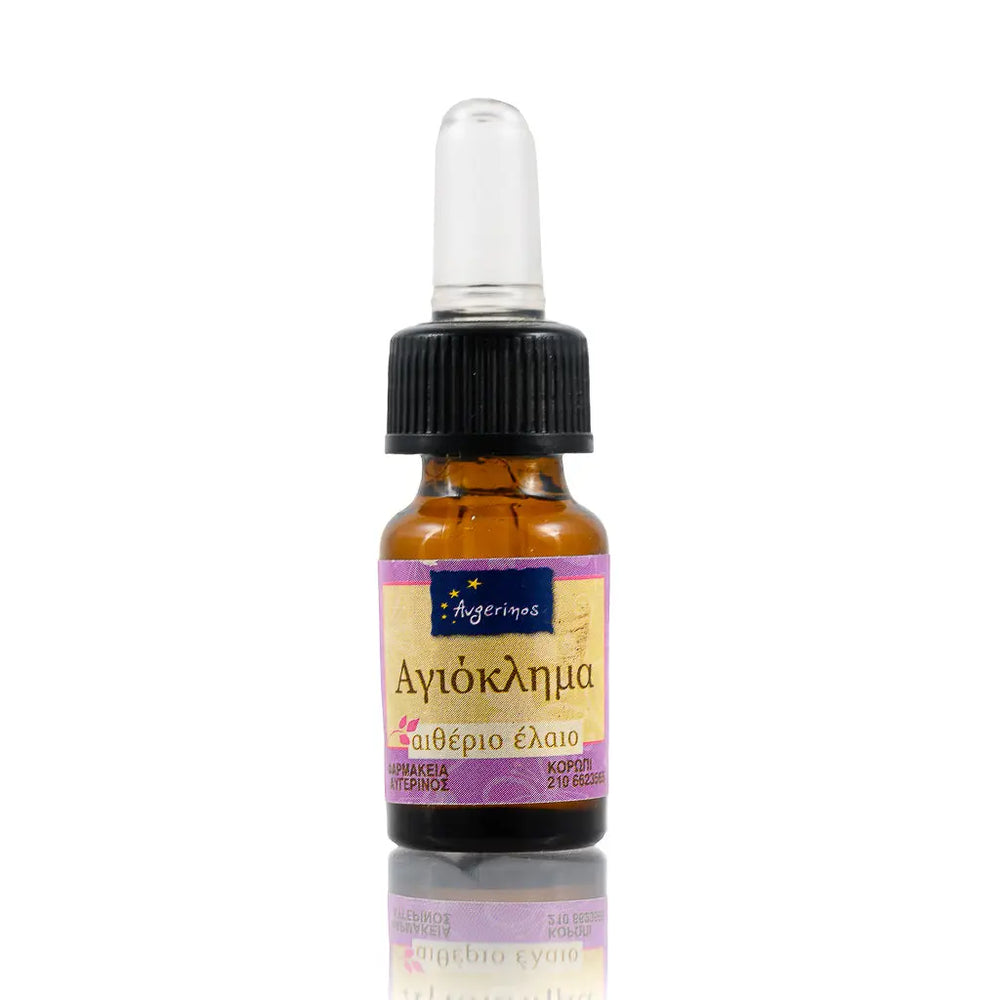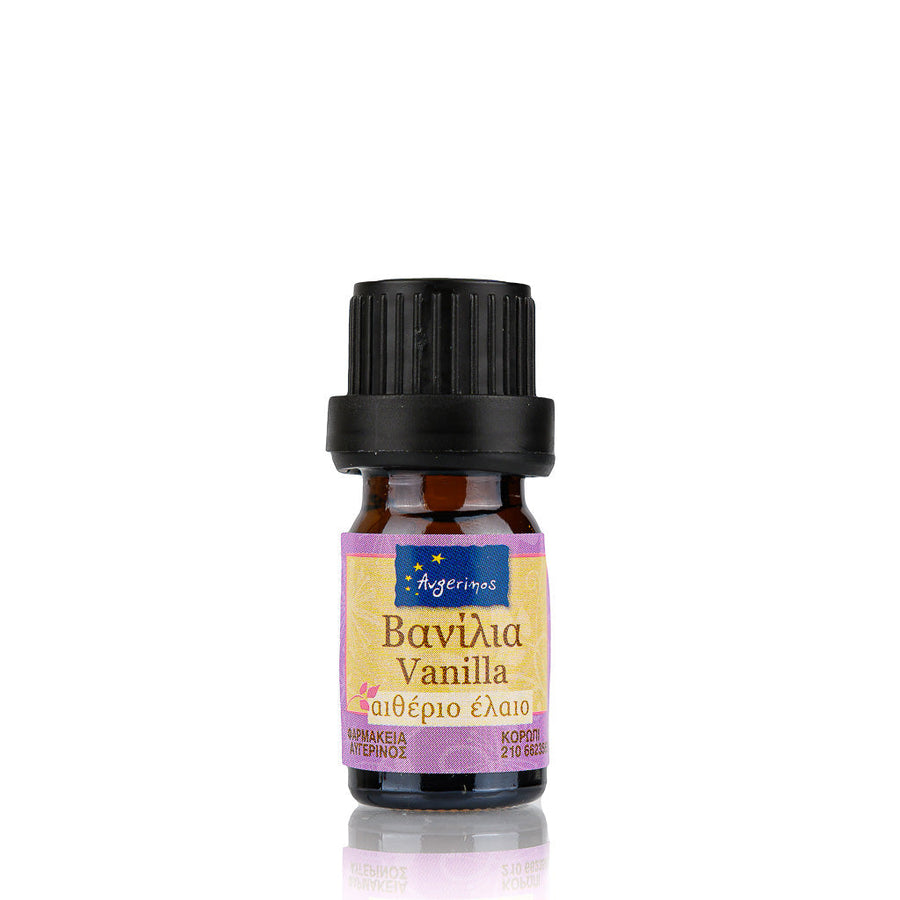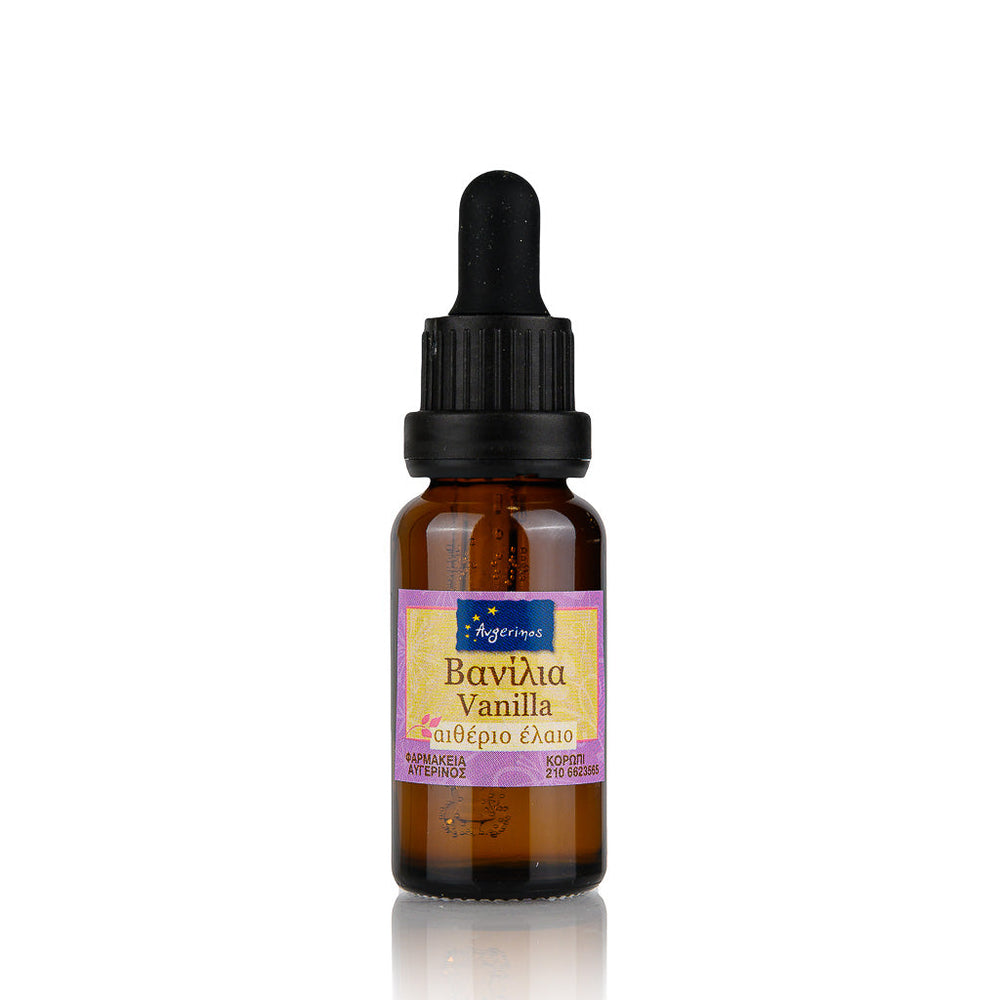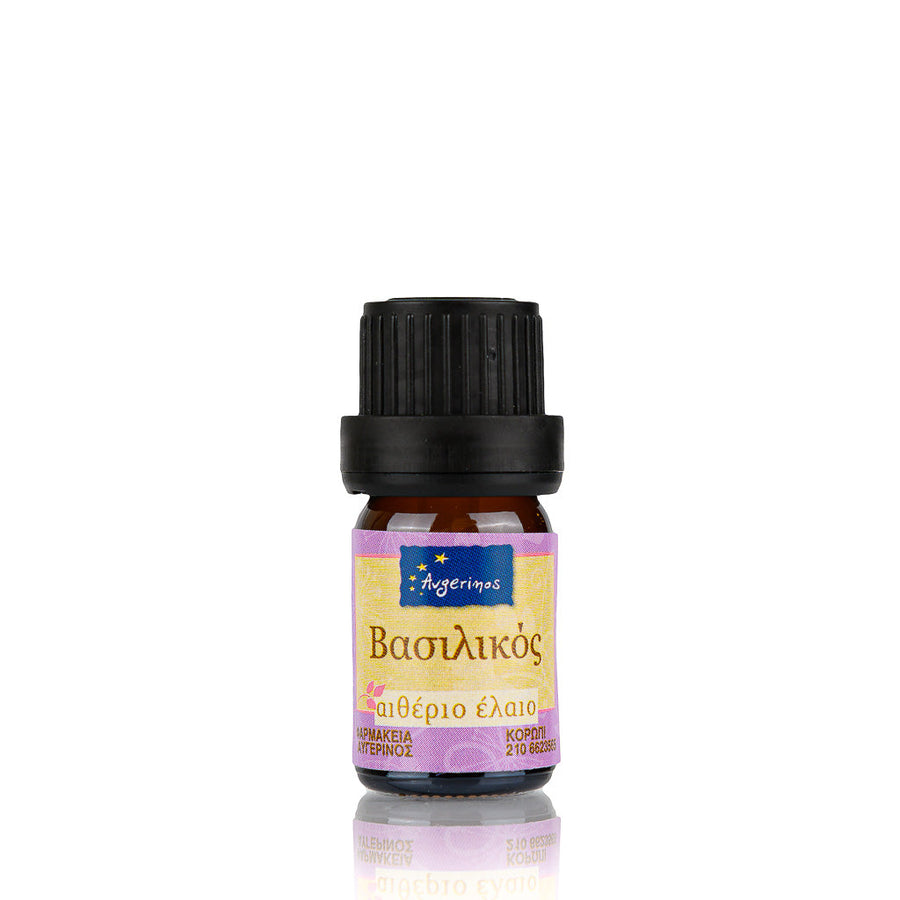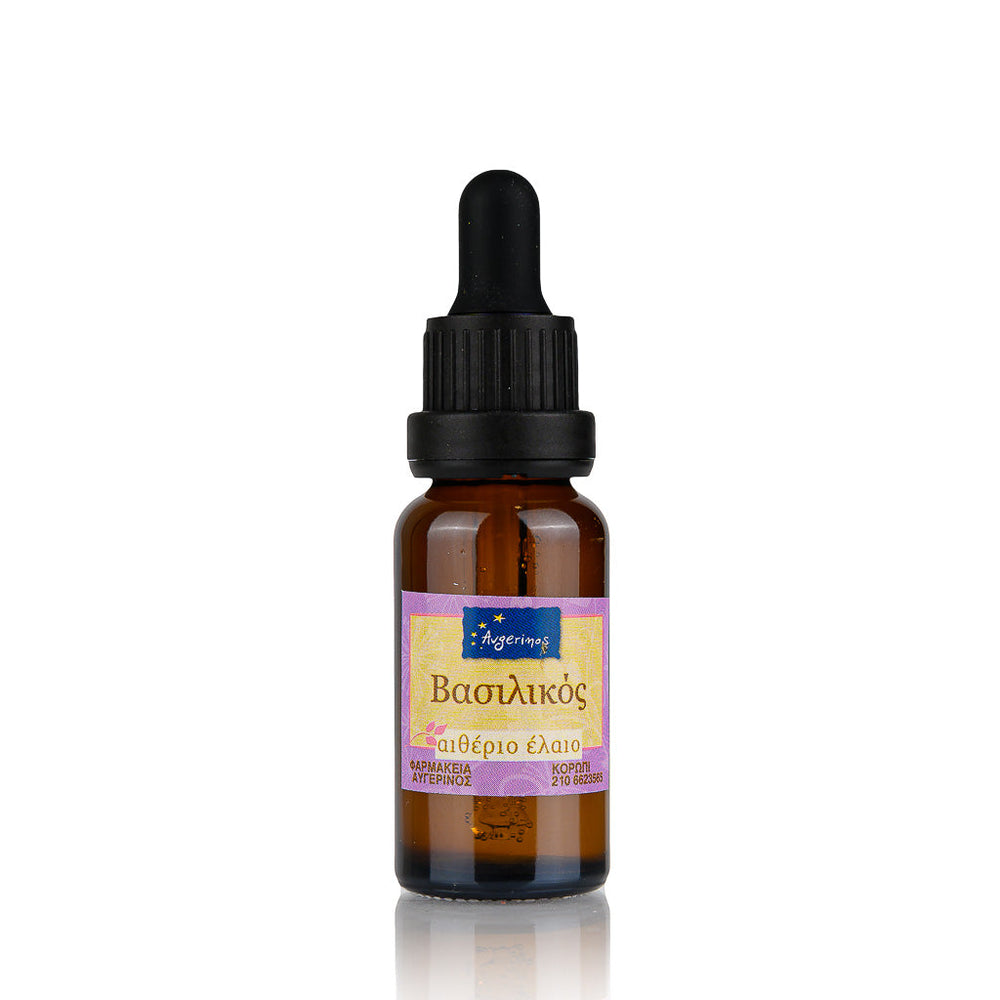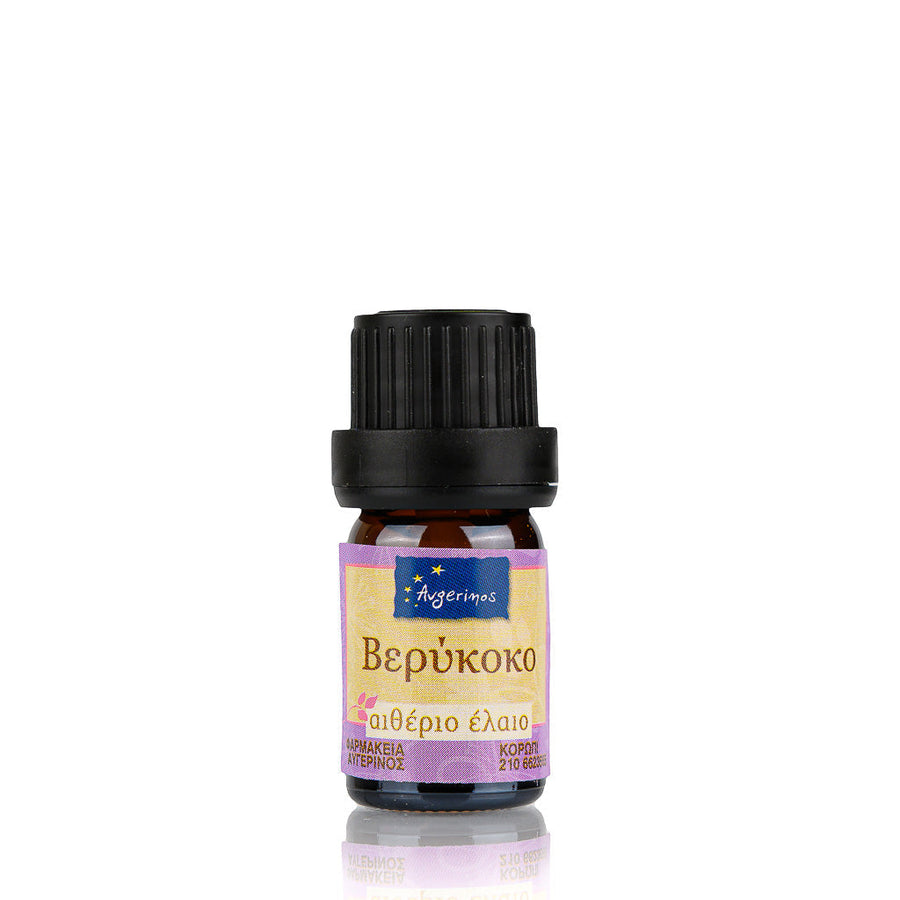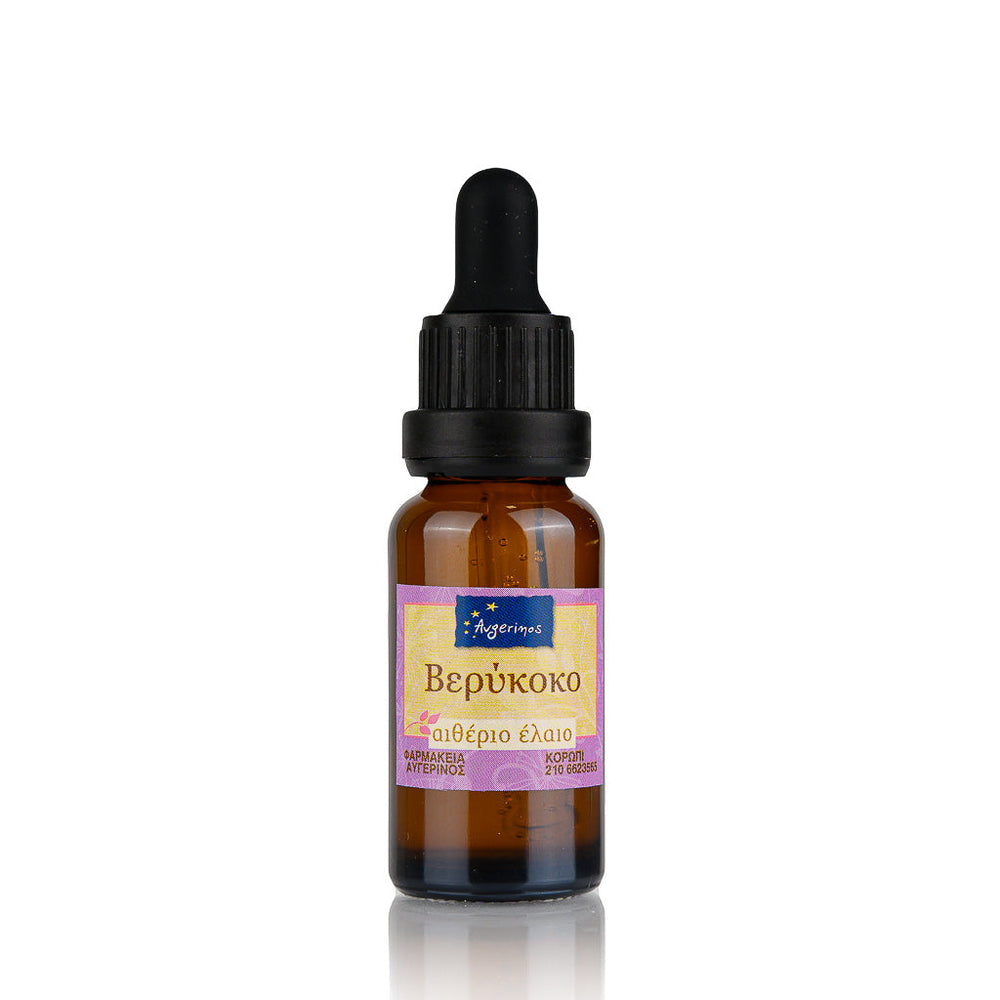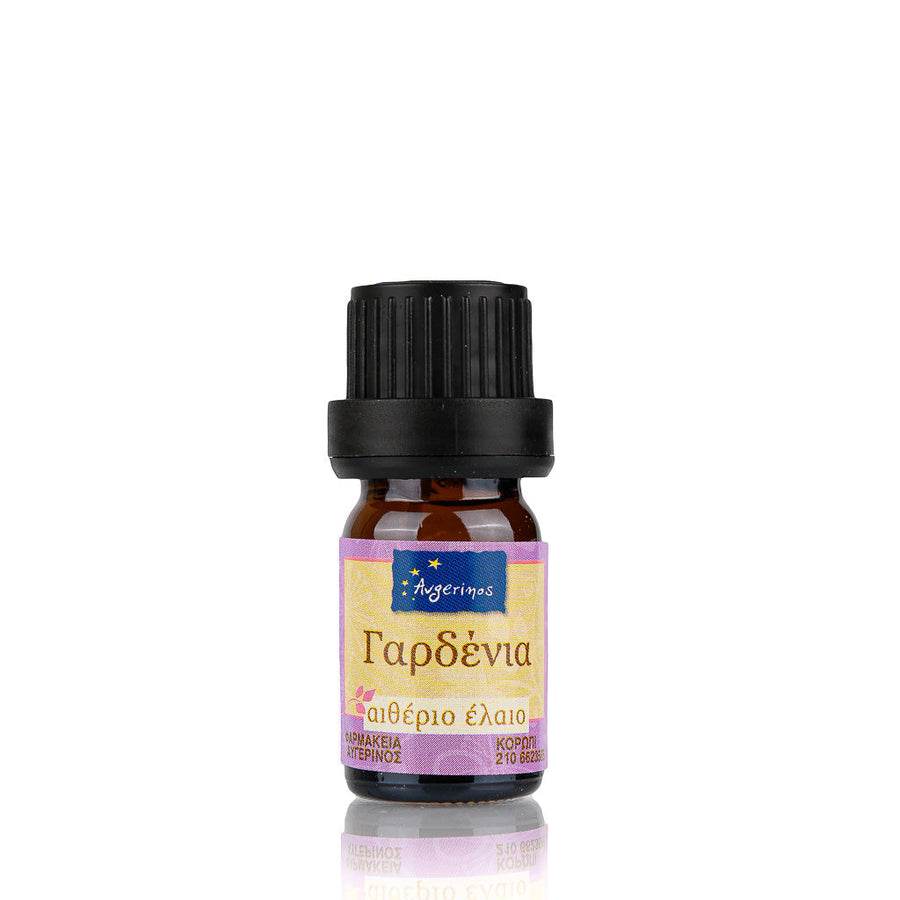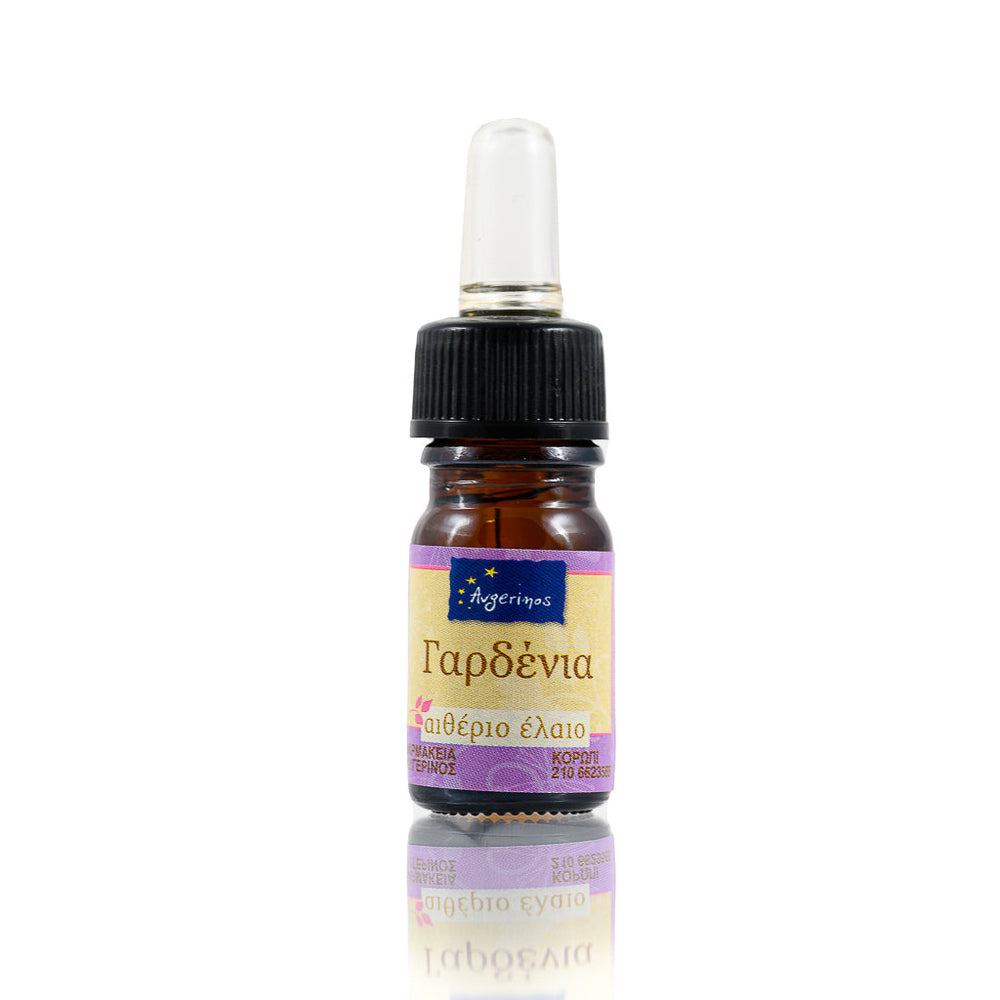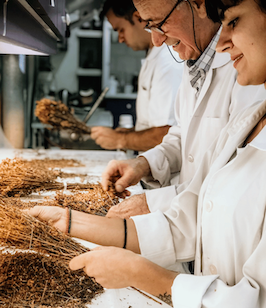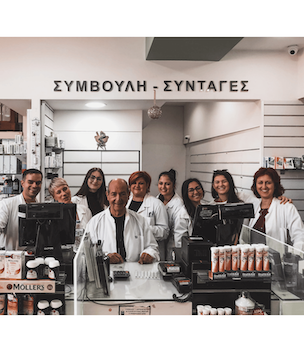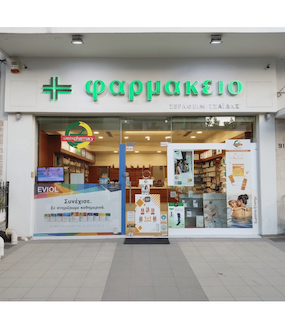Characteristics of Fennel
Fennel (Foeniculum vulgare) is a flowering plant in the carrot family. It is a hardy, perennial herb with yellow flowers and feathery leaves. It is native to the Mediterranean coast, but has become widely naturalized in many parts of the world, especially in dry lands near sea coasts and river banks.
It is a highly flavorful herb used in cooking and, along with the similar-tasting anise, is one of the main ingredients in absinthe. Fennel or Florentine fennel is a selection with a bulb-like, swollen stem base that is used as a vegetable.
Giant fennel (Ferula communis) is a large, coarse plant with a spicy aroma that grows wild in the Mediterranean region and is only occasionally cultivated in gardens. Other species of the genus Ferula are also called giant fennel, but are not culinary herbs.
In North America, fennel can be found growing in the same habitat and alongside the native species osha (Ligusticum porteri) and Lomatium, relatives in the parsley family.
History of Fennel
The Greek name for fennel is marathon (μαραθόν) or fennel, and the site of the famous Battle of Marathon literally means a plain of fennel. The word is first attested in Mycenaean Linear B as ma-ra-tu-wo. In Hesiod's Theogony, Prometheus steals the embers of fire from the gods in a hollow stalk of fennel.
Fennel was valued by the ancient Greeks and Romans who used it as medicine, food, and insect repellent. A fennel tea was believed to give courage to warriors before battle. According to Greek mythology, Prometheus used a giant fennel stalk to carry fire from Mount Olympus to Earth. Emperor Charlemagne required the cultivation of fennel on all imperial farms.
Etymology
Fennel came into Old English from the Old French fenoil which in turn came from the Latin faeniculum, a diminutive of faenum, meaning "hay".
Recommendation
Fennel essential oil from the seeds and aerial parts of the plant, using the steam distillation method.
Chemical composition of fennel essential oil.
The aromatic character of fennel seeds comes from volatile oils that impart mixed aromas, such as trans-anethole and estragole (liking licorice), fenchone (mint and camphor), limonene, 1-octen-3-ol (mushroom). Other phytochemicals found in fennel fruits include polyphenols, such as rosmarinic acid and luteolin, among others in small amounts.
Instructions for use
Fennel essential oil is used:
-
Topical (in dilution) with base oil for abdominal massage to relieve bloating and cramps.
-
In aromatherapy for balancing the nervous system and reducing appetite.
-
In cosmetology for skin tightening and combating fluid retention.
Chinese Medicine - Ayurveda
In the In Traditional Chinese Medicine, fennel is used to warm the body, strengthen Yang, and relieve "cold" in the stomach that causes discomfort, cramps, and diarrhea.
In Ayurveda, it is considered mild and balancing for the three doshas, mainly Vata and Kapha. It is used to enhance digestion, regulate appetite, and eliminate toxins (ama) from the body.
Useful tips
- The use of fennel essential oil should be avoided during pregnancy, breastfeeding and by children.
- Essential oils are intended for external use and are always used dissolved in a carrier oil or other catalyst.
- Avoid direct contact with skin, eyes and mouth.
- We offer FREE returns on all eligible products that are not related to personal hygiene, galenic products, or special preparations. These items cannot be returned due to strict hygiene and safety regulations.
-
Έχετε δικαίωμα να επιστρέψετε οποιοδήποτε επιλέξιμο προϊόν εντός 14 ημερολογιακών ημερών από την ημέρα που παραλάβατε την παραγγελία σας.
- Products must be intact, unused, and in their original packaging for us to accept their return. Proof of purchase is also required.
- Μετά την παραλαβή και τον σχολαστικό έλεγχο των προϊόντων, η επιστροφή χρημάτων γίνεται εντός 5–10 εργάσιμων ημερών.
- For purchases up to €50, returns may be issued as a gift card so you can benefit immediately from your next purchase.
- Return process: Submit a request from footer with one click at Request a return & declare the return product.
- DRead our full Returns Policy on our website.
- Παρακαλούμε μην αποστείλετε κανένα προϊόν πριν λάβετε το σχετικό shipping label από εμάς.
Χρόνος & Ώρες Παράδοσης
Delivery Time: (calculated from the shipping date as the start date, not the order date, and only business days are counted).
- Αστικά κέντρα, Αττική & Πρωτεύουσες Νόμων (συμπεριλαμβανομένων της Κρήτης) : 1-3 εργάσιμες ημέρες
- Απομακρυσμένες περιοχές & Νησιωτικοί προορισμοί: 2-5 εργάσιμες ημέρες
- Delivery days are Monday through Friday
- Ώρες Παράδοσης: 9:00πμ.- 18:00 μμ. (κατά Προσέγγιση)
Έξοδα Αποστολής & Αντικαταβολή
- With BOX NOW, shipping costs are €2.95.
- Με COURIER tα έξοδα αποστολής για όλη την Ελλάδα είναι 4.50€.
- Cash on delivery is FREE
- Prices apply up to 2kg, each additional kilo is charged at €1
avgerinospharmacy.gr cannot be held responsible for any consequences due to delivery delays or loss of your parcel by the carrier or due to force majeure. In case your parcel is not received within the stated timeframes, an investigation with the carrier will be initiated and may last up to 15 days. During this period, no compensation or reshipment will be possible.
For all details, you can read our full shipping & delivery policy here.
4+1 gift!
Buy 4 Get 5




